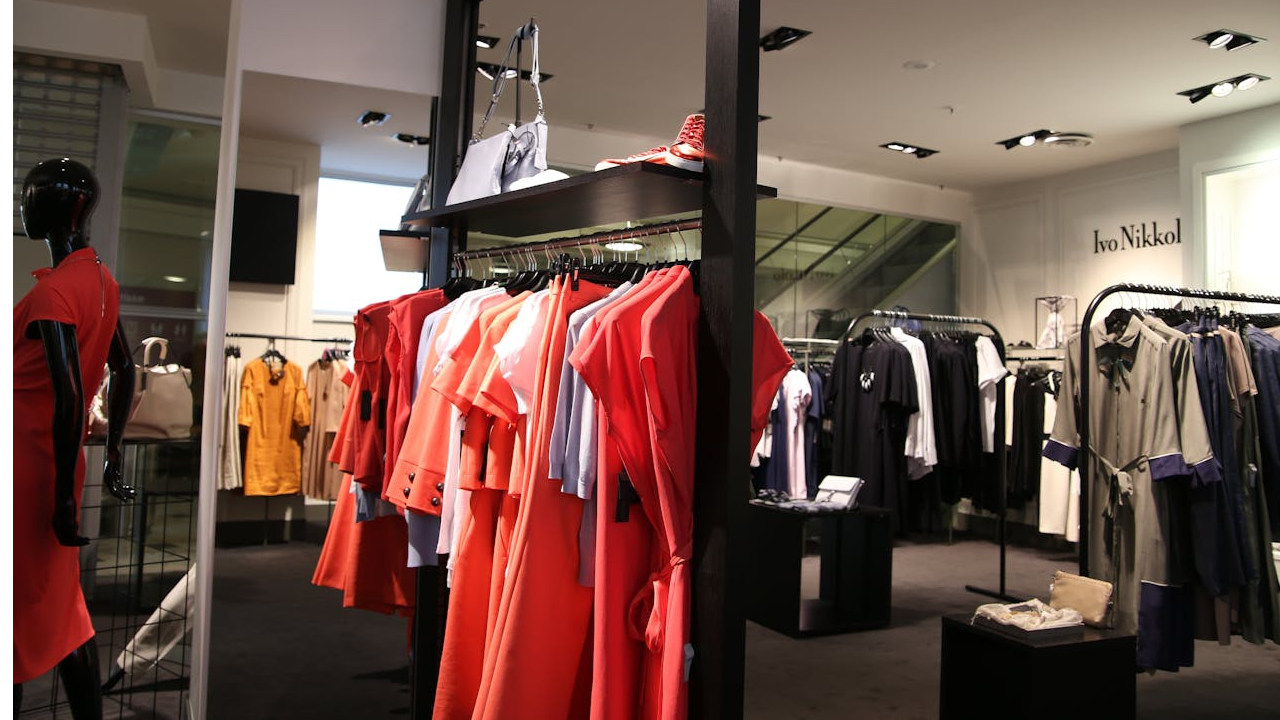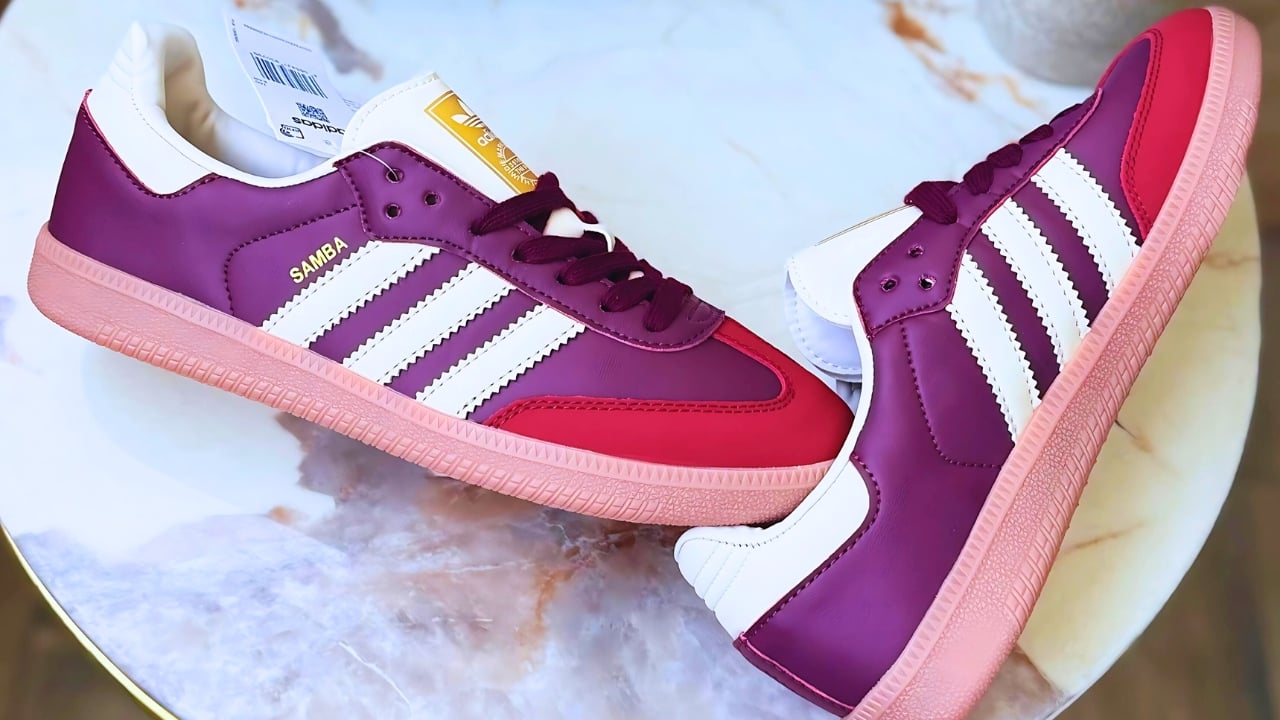It's simple to spend money on clothing without even noticing. You believe you're saving by purchasing an item on sale or keeping up with the current fashion, but certain habits can slowly empty your wallet.
With inexpensive materials that don't endure, fads that disappear quickly, and small "add-ons" that rarely see use, many individuals end up spending more on replacing garments than they originally had to. If your wardrobe is full but your finances aren't, these could be the underlying causes.
Purchasing trendy clothing for each season

Quick fashion appears to be a good deal - stylish items for less than $20 - but those savings disappear when you begin replacing them every few months. The lightweight materials and poor craftsmanship don't last through washing or use.
If garments stretch, shrink, or lose their form after just a few wears, you will ultimately spend more. Purchasing higher-quality essential items can lead to long-term savings as they tend to endure longer.
Chasing trends too often

Fashions change quickly, and keeping up with them is more expensive than most realize. When you purchase what's considered "trendy" each season, about half of it often becomes outdated or unused within a year. That's money gathering dust in your closet without any return.
Focus on classic items that remain stylish every season. You can still incorporate a few fashionable elements, but ensure they serve as accents rather than the core of your clothing collection.
Ignoring care labels
Many individuals damage quality clothing by not following the care labels. Putting "dry clean only" items in the washing machine or applying excessive heat to fragile materials reduces their durability - which results in higher costs for new purchases.
Always verify the label before putting an item in the laundry. Adhering to care instructions helps maintain the appearance of your clothing for a longer period and prevents costly dry cleaning errors.
Overpaying for logos

Designer logos can appear impressive, but you're frequently paying for the brand name rather than superior quality. Several mid-range brands utilize the same materials and manufacturing facilities at a significantly lower cost.
If you appreciate the style of high-end items, you can discover comparable quality from independent brands or thrift shops. It's not wise to pay more for a logo if the material deteriorates at the same pace.
Purchasing garments that are not the correct size
A poor fit can make even high-end clothing appear inexpensive—and when an item doesn't fit well, you're less inclined to wear it. This results in money being spent on items that remain unused in the closet.
Spend some time trying items on or invest a bit in alterations. A properly fitted $40 jacket appears more stylish than a $200 one that doesn't fit well.
Purchasing experiences rather than your way of life

Purchasing clothing for single occasions—such as weddings, gatherings, or trips—can become expensive. You wear it just once, store it for years, and eventually give it away.
Prior to purchasing, inquire whether it is suitable for multiple uses. Renting or borrowing for unique events can save money and reduce closet clutter, particularly for items you'll only wear once.
Ignoring secondhand options

Some individuals steer clear of secondhand shops or resale platforms, thinking that all items are damaged or out-of-date. However, you can discover premium items—including designer brands—for a small portion of the original cost.
Purchasing pre-owned items allows you to save money while still acquiring higher quality products without exceeding your budget. It is also an effective method to create a more long-lasting wardrobe without compromising on fashion.
Getting caught up in "buy more, save more" promotions
Tiered discounts—such as "buy two, get one at half price"—may seem appealing but frequently encourage purchasing items you don't actually require. If you weren't intending to spend that money in the first place, you haven't really saved anything.
Sales can be beneficial if you require replacements, but purchasing solely to meet a discount requirement often leads to regret. Focus on the items you originally intended to purchase, rather than being influenced by the offers displayed.
Forgetting about alterations

Many individuals abandon their clothing prematurely due to minor problems – a missing button, an overly long hem, or a slightly snug waistband. Addressing these issues is typically more cost-effective than purchasing new items.
Locate a nearby seamstress or acquire some fundamental sewing skills. Minor alterations can restore worn-out garments and prolong their usability for many years.
Not keeping track of what you actually dress in

If you've ever exclaimed, "I have nothing to wear," while looking at an empty closet, you're not the only one. The majority of individuals wear 20% of their clothing 80% of the time - indicating that the remaining items are essentially a waste of money.
Be mindful of the items you frequently choose and cease purchasing garments that remain unused on the hanger. Concentrating on the clothes you actually wear helps your closet (and your budget) function more efficiently.
*This piece was created using AI-driven tools and has undergone thorough review by our editors.
The post 10 style decisions that subtly drain your wallet appeared first on Thrifty Jinxy.